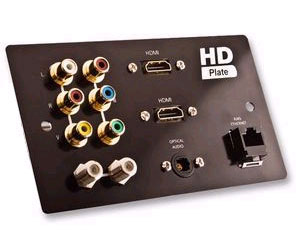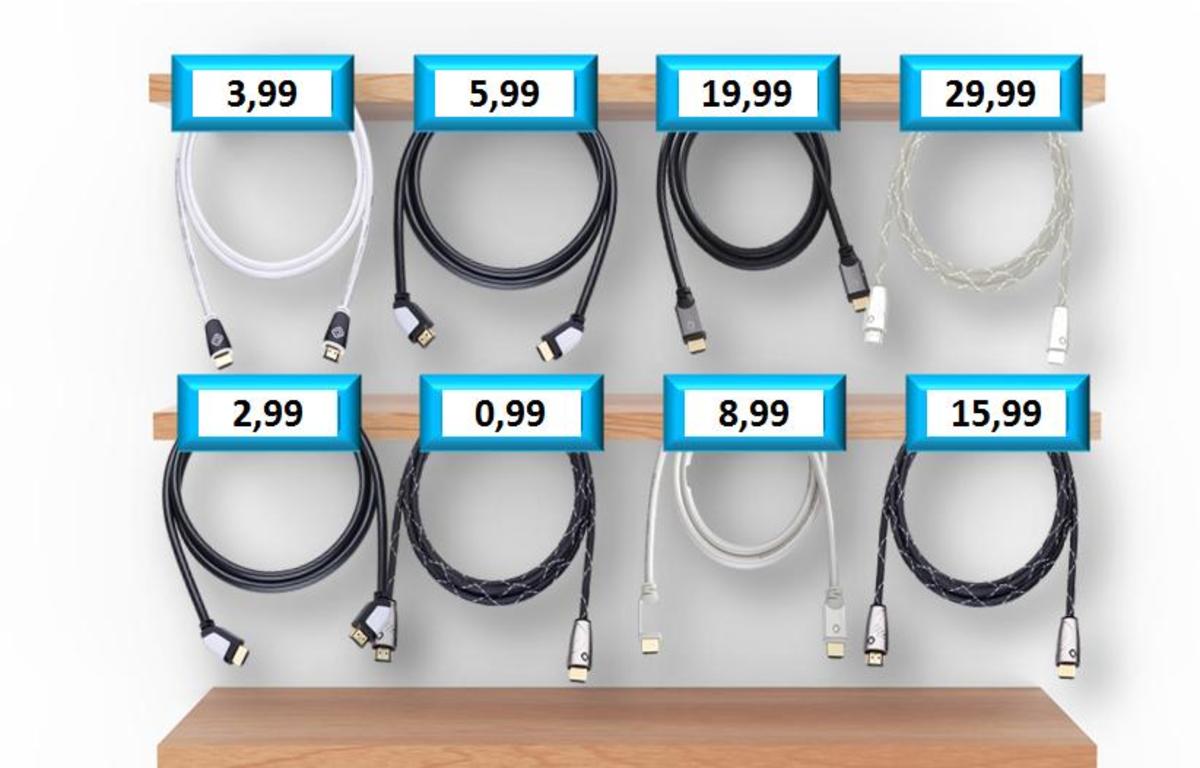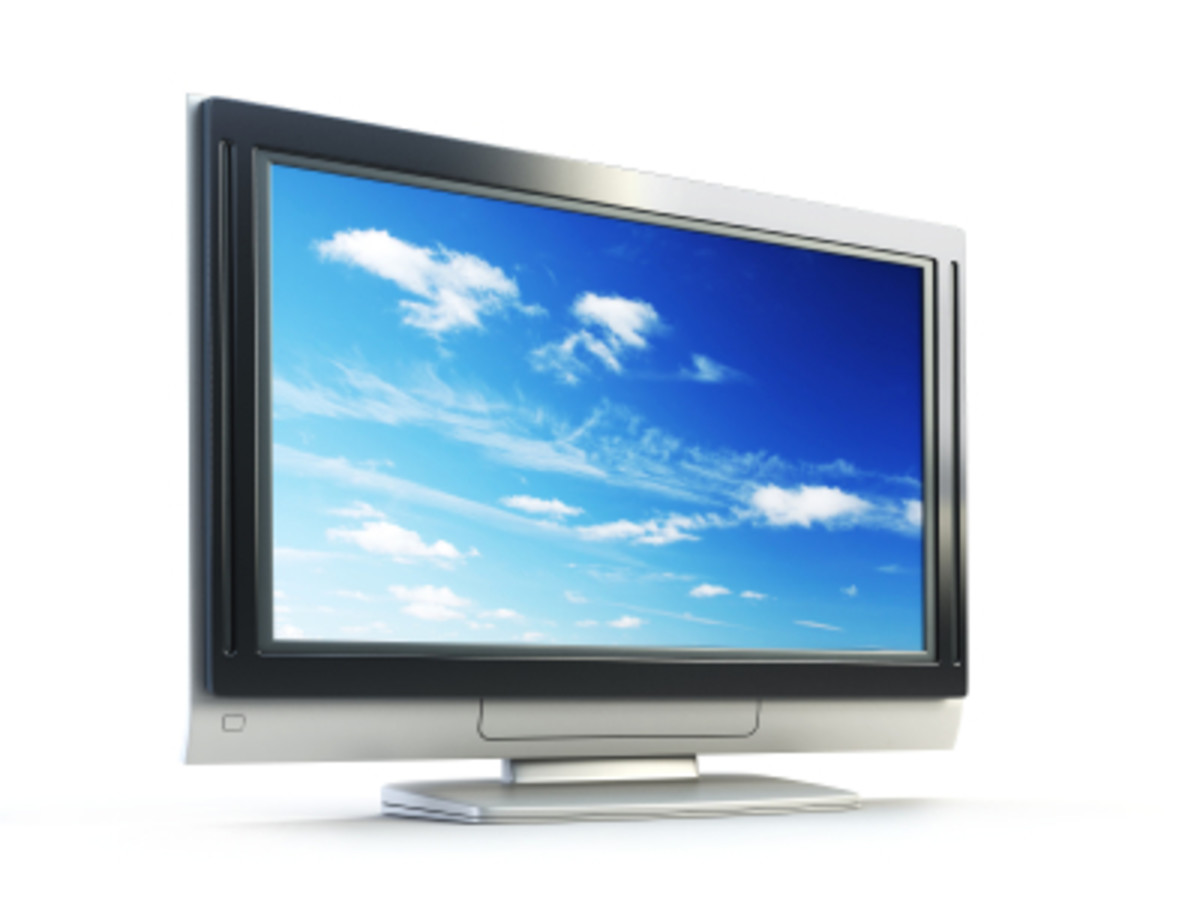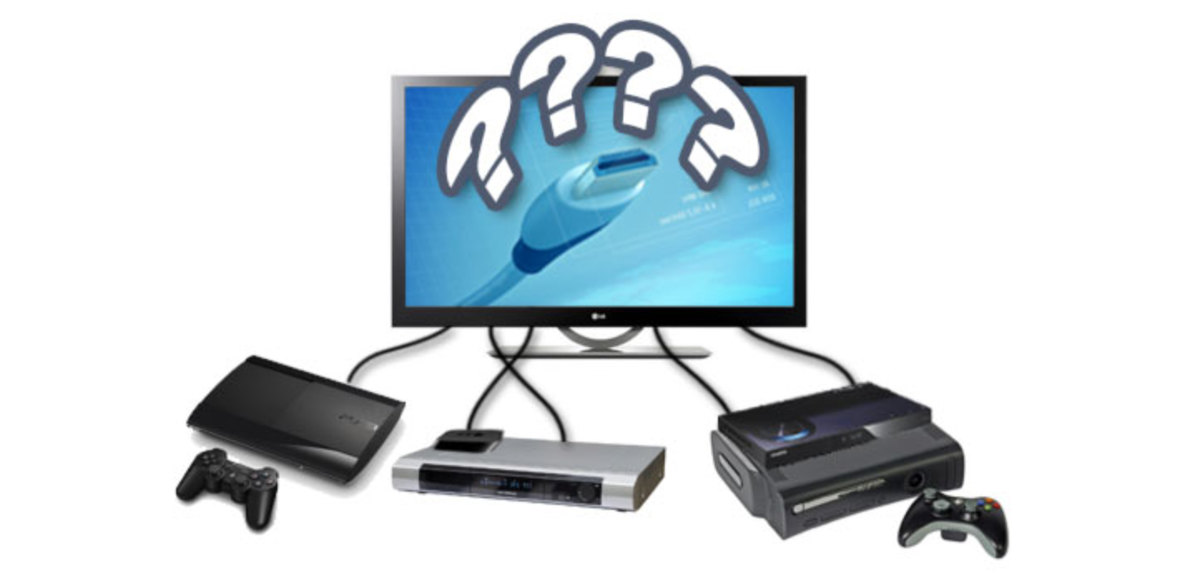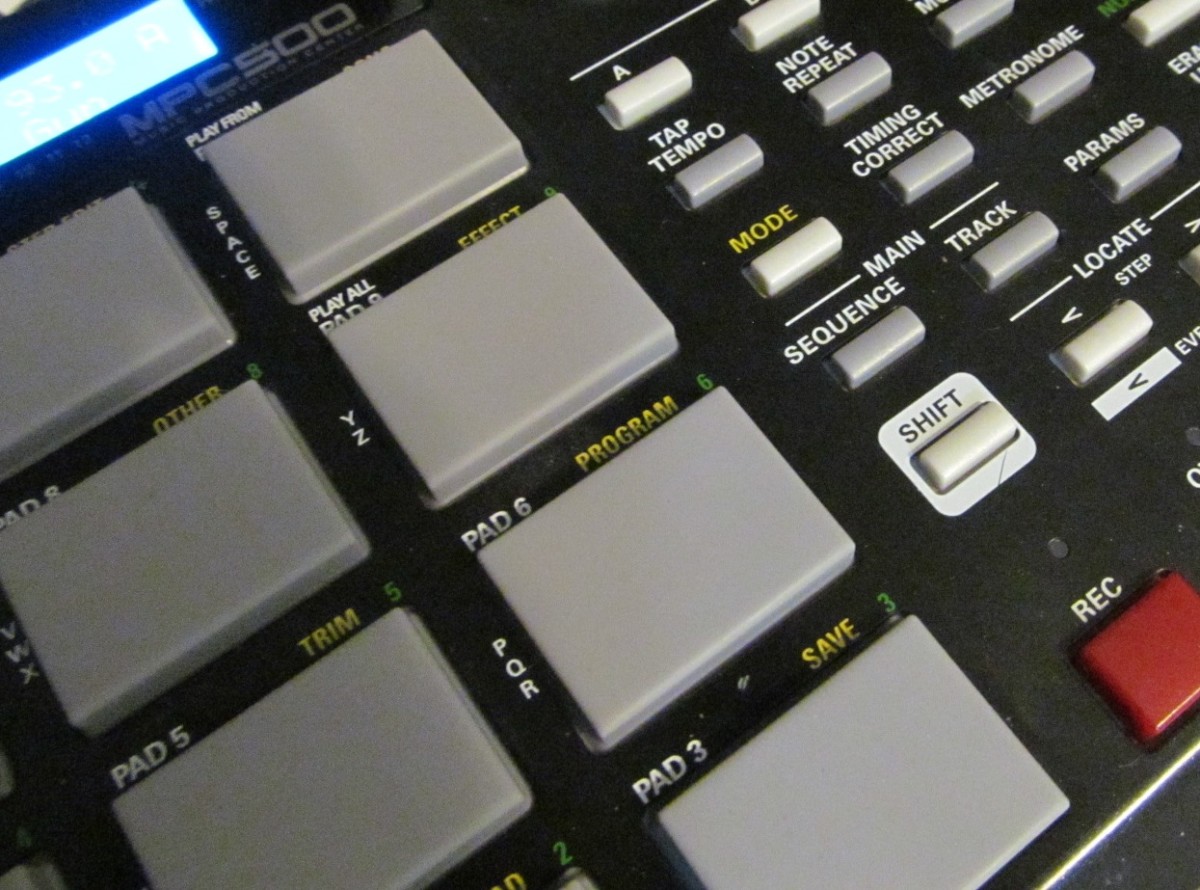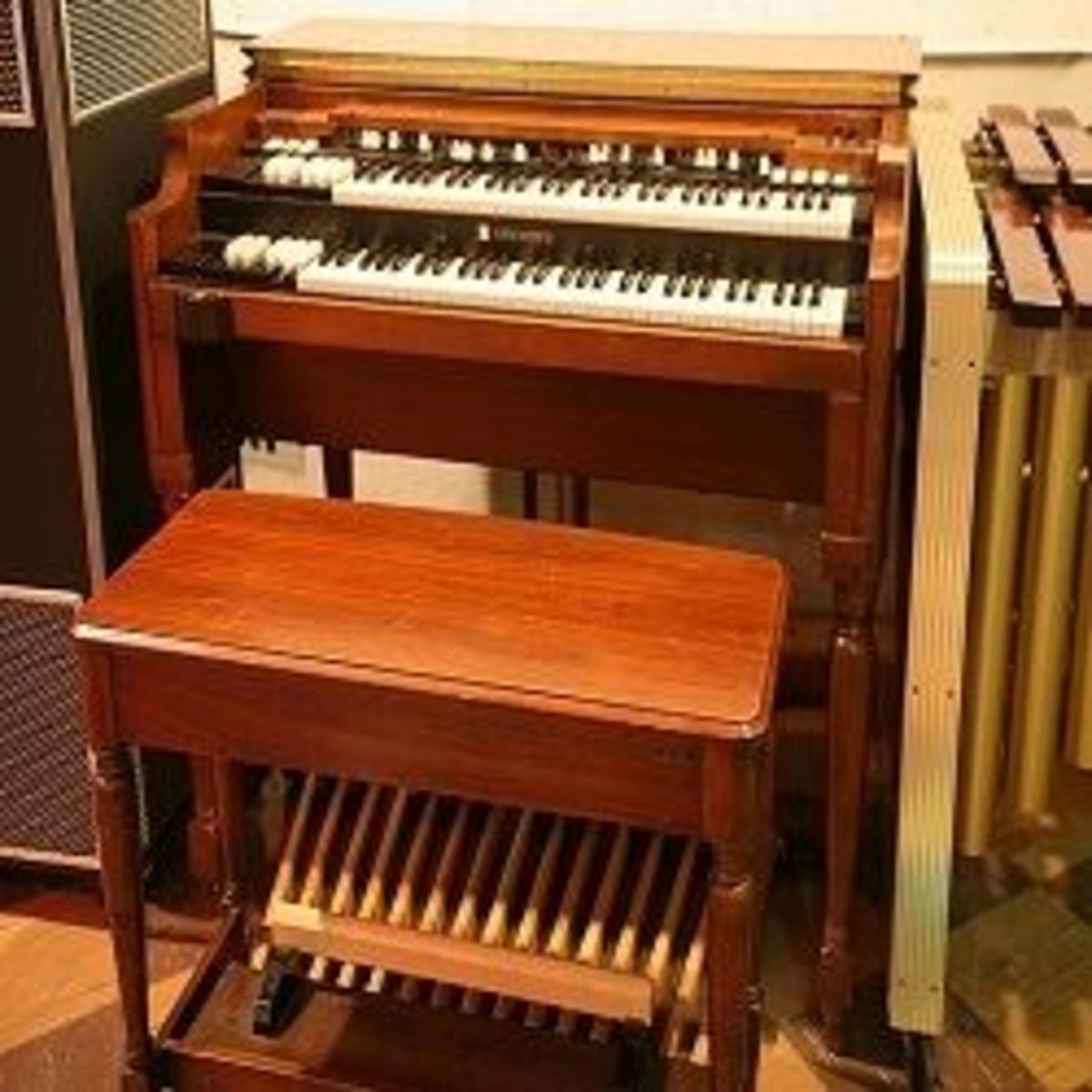HDMI Switches, Splitters and Matrices
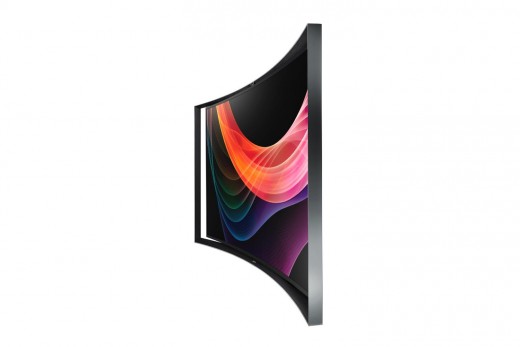
An Introduction to HDMI Technology
HDMI stands for High-Definition Multimedia Interface. HDMI cables are used when you want to transmit a high-definition media signal from its source to your television or monitor. This source could be something like a Blu Ray player, games console, or a set top box from a television provider such as Sky.
In addition to transmitting the media itself an HDMI cable is capable of carrying a 'consumer electronics control' signal, which are used to send control signals to your media equipment,
You can also transmit audio signals (up to 8 channels) over an HDMI cable, and DVI signals can be converted to HDMI with no loss of quality.
Although anyone many people will have used these cables to connect a media player of some kind up to their television set or monitor, there is much more that you can do with a few extra low-cost bits of kit. You can use HDMI cables to create a whole house networked home entertainment system which truly makes the most of your expensive and much loved electronic equipment.
A HDMI Switch
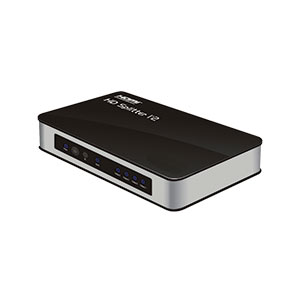
An Introduction to HDMI Switches
If you have a lot of different media devices which you want to connect up to your high-definition television set then you may well find that you run out of input sockets to connect them to. Some television sets only have one or two inputs, and you might have three, four, or even more different devices which you want to connect.
Being forced to reach around behind your TV and rummage around in a tangle or cables to pull one out and put another back in each time that you want to use a different media player is a real hassle. Fortunately you can avoid all of this awkwardness with the use of an HDMI switch.
Swtiches are fairly cheap to buy and the principle is very simple - you connect all of your devices to the inputs on the switch box, and then connect the switch to a single input on your television. The switch then allows you to choose which source to connect to your television without having to mess around with cables each time. Many switches will automatically connect the last device which was switched on to your television, so when you power up your Blu Ray player to watch a movie, for example, it will be automatically selected and displayed, You can also control a switch using a remote, or in larger home entertainment networks it might be connected to a controller allowing you to send signals from a phone app.
An Introduction to HDMI Splitters
An HDMI splitter can be thought of as the opposite of a switch - instead of connecting multiple sources to a single display, it is used to connect multiple displays to a single source. So, for example, you could have one Blu Ray player hooked up to the television in your lounge, and to the television in your bedroom.
You can buy two way splitters which work without losing signal quality, but if you split a signal more than this then there will be some loss of quality. This signal loss is sometimes counteracted with the use of an amplifier.
HDMI splitters are relatively inexpensive and are simple to install.
Buy a HDMI Matrix
An Introduction to HDMI Matrices
An HDMI matrix offers the ability to connect multiple sources to multiple displays, and to switch between sources on each of the displays independently, without any loss of signal.
A matrix will obviously be more expensive than either a switch or a splitter, but offers a vast improvement in functionality.
The fact is that HD media sources are not cheap to buy. So you do not want to be buying a Blu Ray player, Sky Box, Apple TV and more for every room in which you have a television. But you may want to watch movies, or TV, or listen to music in any of those rooms. A matrix allows you to buy one of each type of media player, which you could store in the lounge with your main set or in a dedicated media rack in a closet, and to access all of those media players from any room.
A common size of matrix is four by four, which allows you to connect four inputs to four outputs. They are commonly controlled via remote control or through a phone app using a third party home automation controller.
Do You Need A Network?
Do you have more than one HDTV in your home?
Modular Systems
A reasonably recent innovation in matrix technology is the development of modular HDMI matrices. This just means that you can buy the casing and then clip in as many modules as you need. Then, if you need more later on because you have bought a new piece of kit for your networked home entertainment system then you don't need to replace the whole matrix - you can just buy an extra module and clip it into place.
The HDanywhere Modular Matrix
Wireless HDMI Distribution
The only problem with creating a home entertainment network using HDMI cables is the cables themselves. Running new cables between rooms means either having them clipped to walls or skirting, which some people find unsightly, or it means breaking into your walls which is messy and can be expensive if you don't feel confident doing it yourself.
One solution to this problem is wireless HDMI distribution using a transmitter to broadcast a signal around the house, which can them be picked up by any display source (i.e. any television). This doesn't harm the signal quality, but the range is limited unless you buy an amplifier to re-broadcast the signal. Since these transmitters and amplifiers can be expensive, covering a large house (or a house with all brick walls, concrete or stone floors etc) can end up being more expensive than just installing the cables.
A common range for these devices is around 10 metres, but this is reduce by thick obstacles like those mentioned above.
Buy a Wireless HDMI Transmitter
HDMI / AV Wall Plates
If you do decide to install cables around your house then you can access your media sources easy through an AV wall plate. This is basically just like your regular electricity sockets which you have around your house for accessing the electricity supply, only for your media instead.
A good quality AV wall plate will also allow you to access networked music signals and network cables.
An Example of an AV Wall Plate
